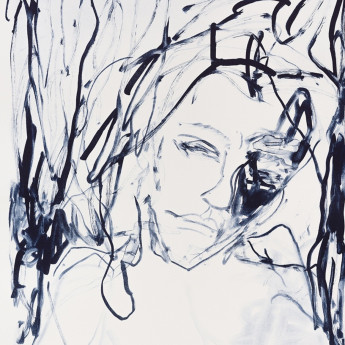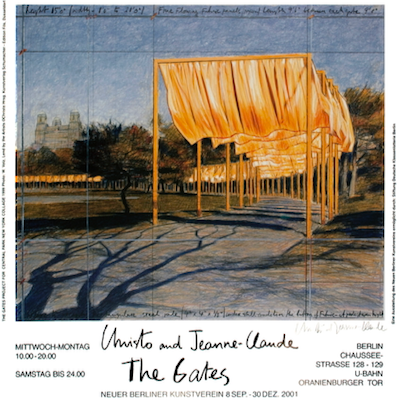
Details
Artist
Styles
// Receiver I by Tony Cragg, created in 2002, is a lithograph print with a limited edition of only 40 copies, measuring 50 x 63 cm. Known for his exploration of organic shapes and forms, Cragg presents a series of overlapping, abstracted circular forms that seem to float within the composition. The monochromatic red hue adds a visceral intensity, while the textured surface of each form suggests the appearance of vessels or pods, as though they are receiving or containing energy. The artwork conveys Cragg's fascination with form and materiality, encouraging viewers to interpret the relationship between the shapes and their symbolic potential. This lithograph captures Cragg's ability to transform simple forms into complex visual narratives through abstraction.
Receiver I, 2002
form
Medium
Size
50 x 63 cm
- Inches
- Centimeters
Edition
Price
- USD
- EUR
- GBP
Details
Artist
Styles
// Receiver I by Tony Cragg, created in 2002, is a lithograph print with a limited edition of only 40 copies, measuring 50 x 63 cm. Known for his exploration of organic shapes and forms, Cragg presents a series of overlapping, abstracted circular forms that seem to float within the composition. The monochromatic red hue adds a visceral intensity, while the textured surface of each form suggests the appearance of vessels or pods, as though they are receiving or containing energy. The artwork conveys Cragg's fascination with form and materiality, encouraging viewers to interpret the relationship between the shapes and their symbolic potential. This lithograph captures Cragg's ability to transform simple forms into complex visual narratives through abstraction.
- Recently Added
- Price (low-high )
- Price (high-low )
- Year (low-high )
- Year (high-low )
What is site specific art?
Site-Specific Art is a form of artwork created to exist in a particular location, with the artist considering the site as an integral part of the creative process. Robert Irwin was a key figure in promoting this art form in California. Site-Specific Art emerged as a reaction against modernist objects, which were often portable, commodified, and confined to museum spaces. In contrast, Site-Specific Art is inherently tied to its location, challenging the traditional notions of art as a transportable and marketable commodity.




















